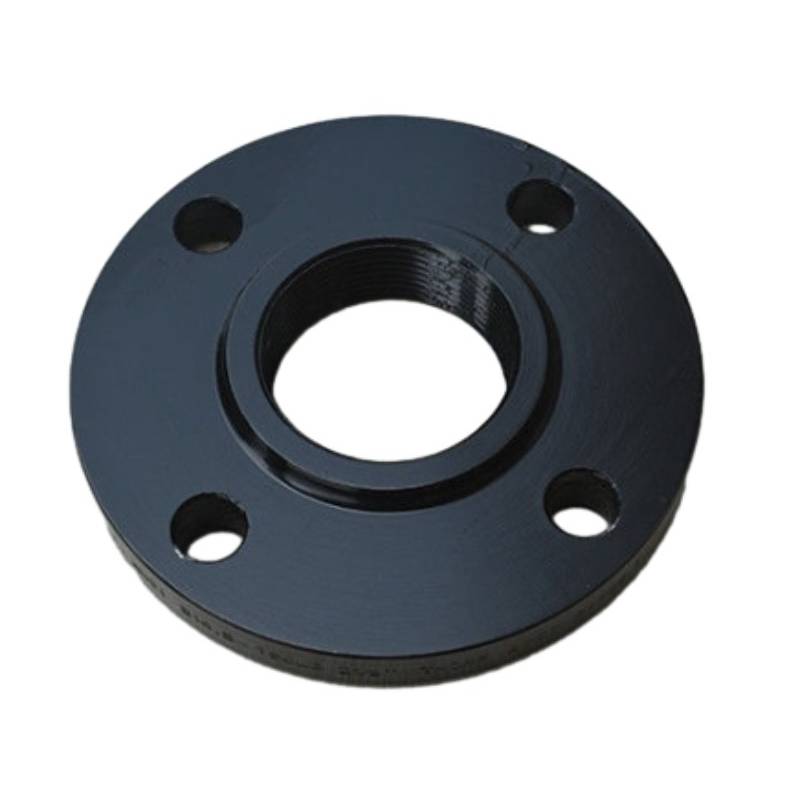-
Cangzhou Yulong Steel Co., Ltd.
-
Phone:
+86 13303177267 -
Email:
admin@ylsteelfittings.com
- English
- Arabic
- Italian
- Spanish
- Portuguese
- German
- kazakh
- Persian
- Greek
- French
- Russian
- Polish
- Thai
- Indonesian
- Vietnamese
- Zulu
- Korean
- Uzbek
- Hindi
- Serbian
- Malay
- Ukrainian
- Gujarati
- Haitian Creole
- hausa
- hawaiian
- Hebrew
- Miao
- Hungarian
- Icelandic
- igbo
- irish
- Japanese
- Javanese
- Kannada
- Khmer
- Rwandese
- Afrikaans
- Albanian
- Amharic
- Armenian
- Azerbaijani
- Basque
- Belarusian
- Bengali
- Bosnian
- Bulgarian
- Catalan
- Cebuano
- China
- China (Taiwan)
- Corsican
- Croatian
- Czech
- Danish
- Esperanto
- Estonian
- Finnish
- Frisian
- Galician
- Georgian
- Kurdish
- Kyrgyz
- Lao
- Latin
- Latvian
- Lithuanian
- Luxembourgish
- Macedonian
- Malgashi
- Malayalam
- Maltese
- Maori
- Marathi
- Mongolian
- Myanmar
- Nepali
- Norwegian
- Norwegian
- Occitan
- Pashto
- Dutch
- Punjabi
- Romanian
- Samoan
- Scottish Gaelic
- Sesotho
- Shona
- Sindhi
- Sinhala
- Slovak
- Slovenian
- Somali
- Sundanese
- Swahili
- Swedish
- Tagalog
- Tajik
- Tamil
- Tatar
- Telugu
- Turkish
- Turkmen
- Urdu
- Uighur
- Welsh
- Bantu
- Yiddish
- Yoruba

Oct . 10, 2024 22:05 Back to list
stainless steel pipe cost
Understanding Stainless Steel Pipe Costs Factors and Considerations
In industrial applications, stainless steel pipes are essential components used in various sectors such as construction, plumbing, automotive, and manufacturing. Their durability, resistance to corrosion, and strength make them a preferred choice over other materials. However, one key consideration for engineers, buyers, and procurement officers is the cost associated with stainless steel pipes. Understanding these costs is crucial for budgeting and project planning.
Factors Influencing Stainless Steel Pipe Costs
1. Material Grade Stainless steel pipes come in several grades, each with its unique properties and price points. The most common grades are 304 and 316 stainless steel. Grade 316, which contains molybdenum, offers better corrosion resistance compared to grade 304, especially in marine environments. Consequently, it typically costs more. The choice of grade should align with the specific environmental conditions and applications to ensure optimal performance and cost-effectiveness.
2. Pipe Dimensions The size of the pipe (diameter and wall thickness) significantly impacts the overall cost. Larger diameter pipes require more material and, consequently, increase the price. Additionally, thicker walls might be necessary for specific applications to handle higher pressure, which also elevates costs. When selecting pipe dimensions, it is essential to balance performance requirements with budget constraints.
3. Manufacturing Process The method used to manufacture stainless steel pipes can affect pricing. Pipes can be made through seamless or welded processes. Seamless pipes are generally stronger and more resistant to pressure, making them suited for high-stress applications. However, they are often more expensive due to the complex manufacturing process. In contrast, welded pipes, while less expensive, may not be suitable for all applications, particularly those requiring high pressure or where weld integrity is a concern.
4. Market Conditions The stainless steel market is influenced by global supply and demand dynamics, raw material costs, and economic conditions. Fluctuations in the price of nickel, a significant component of stainless steel, can lead to variations in pipe costs. Buyers need to stay informed about market trends and forecasts to make more strategic purchasing decisions.
stainless steel pipe cost

5. Coatings and Finishes Some applications require additional coatings or finishes on stainless steel pipes to enhance corrosion resistance or aesthetic appeal. These treatments can add to the overall cost. When planning a project, it's important to consider whether these additional functionalities are necessary and how they fit within the budget.
Cost Comparison and Supplier Selection
When dealing with stainless steel pipe costs, it is prudent to compare prices from multiple suppliers
. Not only can this provide a better understanding of market rates, but it may also uncover opportunities for bulk discounts or special deals. It is also vital to factor in the supplier's reputation for quality and customer service, as long-term partnerships can lead to more favorable terms and reliability.Hidden Costs
While focusing on the sticker price of stainless steel pipes, businesses must not overlook potential hidden costs. These can include shipping fees, lead times, and installation expenses. For instance, purchasing from a distant supplier may incur significant shipping charges, offsetting any savings achieved on the pipe's price. Additionally, costs related to the installation process, such as labor and required fittings, should be accurately estimated to avoid budget overruns.
Conclusion
In summary, the cost of stainless steel pipes is determined by numerous interrelated factors, including material grade, dimensions, manufacturing processes, market conditions, and additional coatings. By understanding these elements, buyers can make informed decisions that align with both technical requirements and financial constraints. It is essential to approach the purchasing process strategically, considering not only upfront costs but also the overall value and performance desired from the stainless steel pipes in their specific applications. By doing so, organizations can ensure that they invest wisely in their projects while maintaining high standards of quality and efficiency.
Latest news
-
ANSI 150P SS304 SO FLANGE
NewsFeb.14,2025
-
ASTM A333GR6 STEEL PIPE
NewsJan.20,2025
-
ANSI B16.5 WELDING NECK FLANGE
NewsJan.15,2026
-
ANSI B16.5 SLIP-ON FLANGE
NewsApr.19,2024
-
SABS 1123 FLANGE
NewsJan.15,2025
-
DIN86044 PLATE FLANGE
NewsApr.19,2024
-
DIN2527 BLIND FLANGE
NewsApr.12,2024
-
JIS B2311 Butt-Welding Fittings LR/SR 45°/90° /180°Seamless/Weld
NewsApr.23,2024











